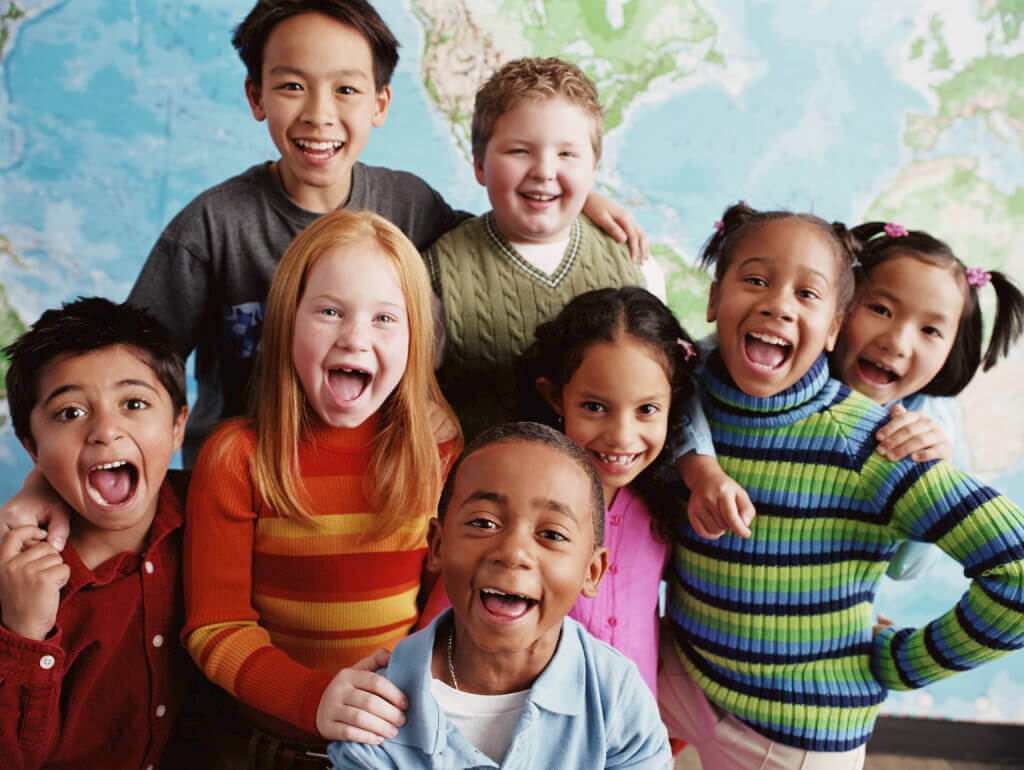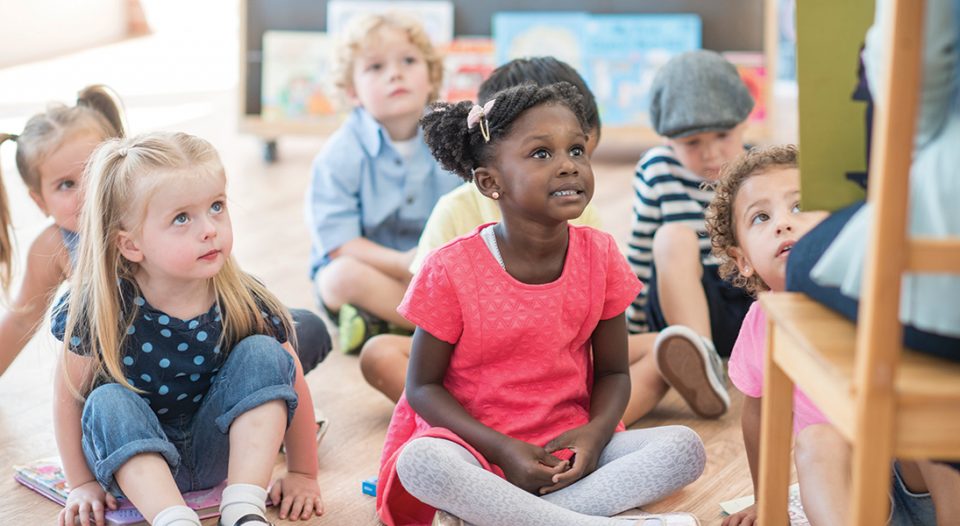How to Talk to Your Kids about Riots, Racism, and Law and Current Events
Most of the world switched over to distance learning in the wake of the novel coronavirus pandemic which led to virtual graduations, online classrooms, and a generation of young, internet-savvy kids. While this has been extremely helpful in keeping our kids educated, the increased internet use may bring a few current issues to the attention of our children: race, riots, and protests.
Your children might be seeing and hearing a lot of things from you, friends, on social media, online, on TV, and discussed amongst their peers that confuse them, anger them, or hurt them. As parents, it’s our job to not let these emotions and issues go unnoticed. We are our children’s first and (hopefully) best teachers but in order to properly teach them about what’s going on, we have to educate ourselves how to talk about them.
Visualize how the conversation with your child :
We can manifest our dreams and visions by just visualizing them a few minutes a day. The same thing can be said about conversations. If you just take a few moments leading up to the conversation you’re about to have to say, “Okay, I’m going to be patient, honest, and create a safe space for my child’s feelings.” You’re likely to have exactly that outcome.
Prompt the conversation:
Your child might not show that they know anything about the Black Lives Matter movement or the killing of George Floyd, but they very well might have a vast knowledge of these big topics that they are too scared to talk about. It’s important for you, as the parent, to bring up the topics, ask your child how they’re feeling, and really, really listen.
Be the best role model you can be:
Children learn from watching and listening to their surroundings. They absorb more than you might think so choose your actions and speak wisely, especially when it comes to race, violence, law enforcement, morals, and personal values. In doing so, also start to implement more literature and media that align with your actions and speech.
Keeping it age-appropriate, read, or give your child a book or two on race, racism, or just kindness in general. Watch movies that address the topic – fiction or non-fiction – in a way that your child can easily digest.
Separate your beliefs from reality:
Inform your child that while most people are good, not all of them are. At the same time, good people that do bad things when they are angry or hurt aren’t necessarily bad people. There are really deep-rooted issues at play that are blooming into protests, riots, and violence. That doesn’t mean that all the people involved are bad, though

I hope those few tips help you talk to your children in these times that seem to be getting more and more difficult as the days pass. Create an environment of love, teach your children the signs for love, and make love take up so much room in your hearts that you hardly have room for anything else!


